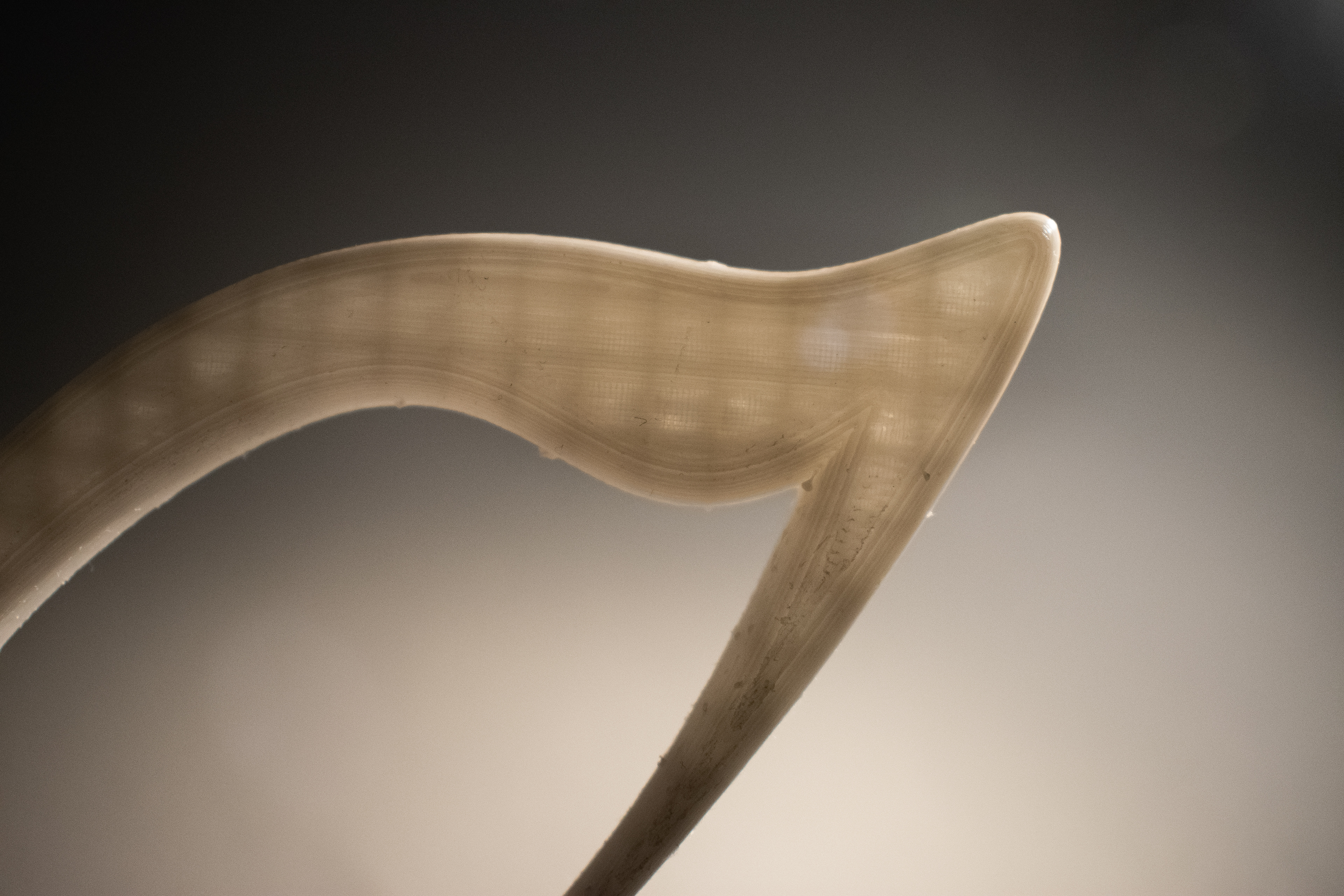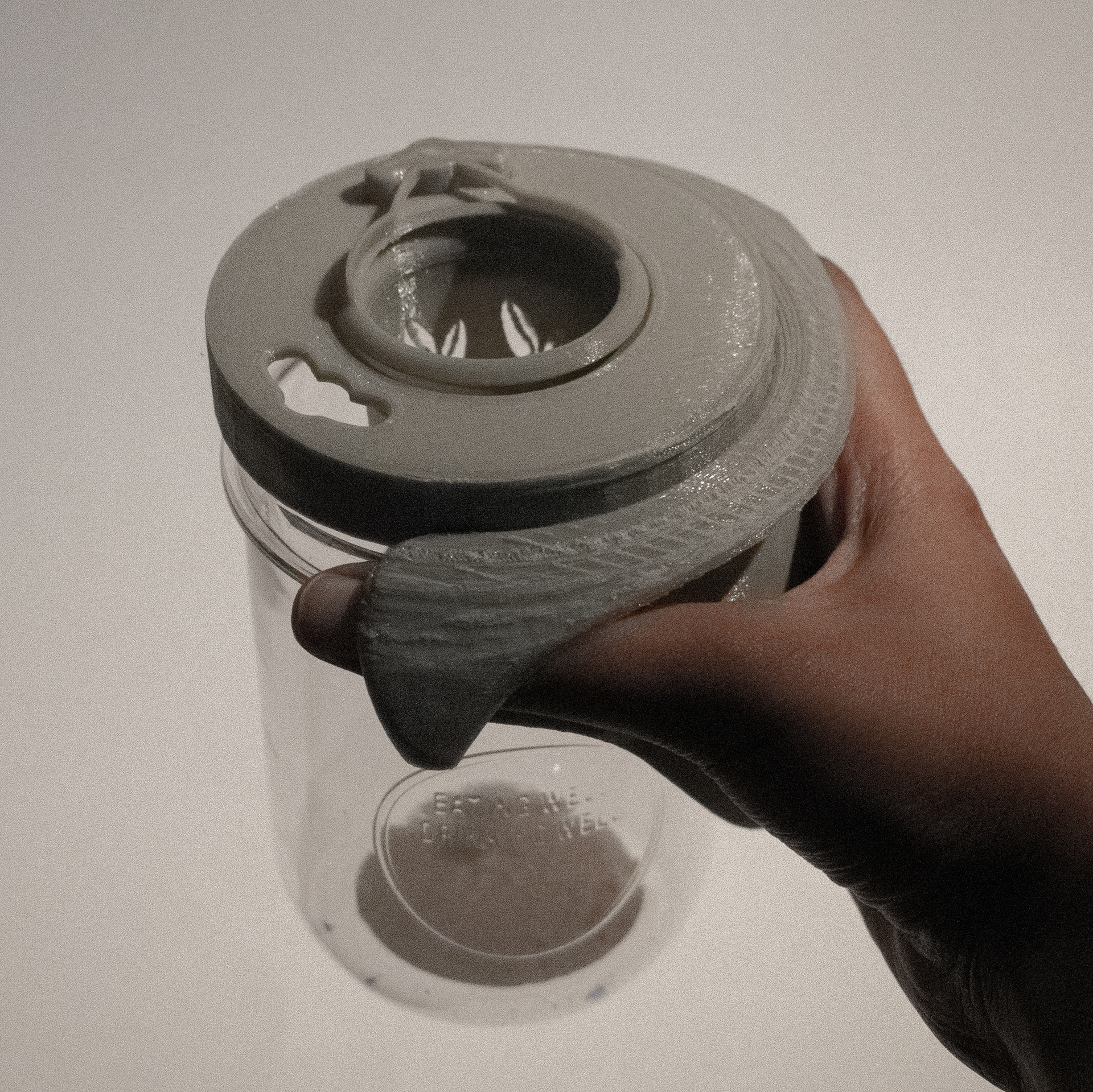This project was an excellent opportunity to work with my peer Nidhi Hira.
Through this project, we engaged with the possibilities and limitations of an accessible existing object, a mason jar. Mason jars are timeless, accessible, multifunctional vessels that have gained popularity in many households. Through researching through their multiple uses, we noticed these are commonly used for brewing and drinking beverages such as tea and coffee. Even though there are existing products that accommodate mason jars for this purpose, we looked into adding into the experience of brewing and drinking from a mason jar.
-We considered the heat transferred through the glass and how we could help users avoid touching the hot surface.
-Avoiding spillage to move the beverage between different spaces conveniently was another critical consideration from the start.
In this process, we went back and forth between analogue, digital and additive manufacturing for prototyping.
Through sketching and analogue modelling, we shaped the initial handle and sleeve.


1st 3D print
For our first output, we printed all the components as separate parts, and we printed more than one version of the lid ring
Sleeve Output


Handle Output



Till this output, we were still considering which one, the sleeve or the handle, would be more effective, yet after this output, we decided the sleeve would have more potential.
Lid and filter initial prototypes.



A problem we did not notice till later while playing with the design of the sleeve was that left-handed people could not easily use our prototype. Playing around with this output and doing some more analogue prototypes, we looked into possible solutions to make our design accessible for left-handed users.
Playing around with a teapot, we looked into ways of avoiding spillage.
We also looked into how to keep the filter in place and easy to access.
2nd 3D print
To keep our design simple with the least amount of components possible, we made our design in two parts.
-Filter
One component is a filter with a cap that closes the drinking hole that is not being used and keeps the filter in place.
To add structure to the filter while still leaving space for water to filter in, we decided to create a pattern that created these openings for water to flow through. The design is composed of tea leaves and coffee beans this way; it is functional and decorative and a way of referencing the purpose of the object.



-Lid and sleeve


Adapting objects you already have or are accessible to serve more purposes effectively without feeling like you are compromising would be our approach to considering sustainability within our project. We looked into this approach from the beginning, and it had a significant role in shaping our project.





We imagine this lid as an object that could enable users to easily brew their loose leaf tea and coffee at home or work, using wide-mouth mason jars they already have. Yet compared with other existing products, we designed it, so people who use it could be able to easily carry their drink around, preventing spills, not burning themselves with the glass and being able to use a straw for drinking, as well.





